Do you love free stuff?
Imagine that you can visit a sports complex for free but you are allowed to do it only twice a month, only for 3 hours in total and you have access to the swimming pool and cardio & strength classes only.
That free is always available but you would like to spend more time there, have access to the wellness area as well and visit there more often. You analyze your needs and the pricing plans and pay for the most comfortable one.
But even if you don’t go for a paid plan, you will probably tell your friends about your positive experience and maybe they will start visiting this complex on a regular basis.
The benefit of this sports complex is that they are ready to give away free coupons because when others prefer to buy a paid plan, those free coupons will cost little or no money to the complex.
It would be great to have that kind of sports complex at our disposal, though it seems quite unreal in that industry. But when it comes to SaaS, freemium plans become a reality. Let’s jump to the next section for more info.
SaaS freemium model: The What, The How and The Why
The concept of freemium is mainly typical for the SaaS world (yeah, SaaS means the world to us) and the video games industry. And the idea or the process is somehow similar to our example but for the sake of clarity, let’s define what SaaS freemium is exactly.
Freemium business model is when you give your product to the users for $0, provide them with the basic value of your product for unlimited time but at the same time encourage them to become a paying customer in order to have access to more advanced features.
Note that freemium model ≠ free trial. You offer a free trial for 7, 14 or 30 days and then the tool is not available anymore. But in the case of the freemium business model, your basic plan is always free.
There are 4 popular limitations that you can put on your free plan to make it different from your paid plans (we will discuss the pros and cons of these limitations in the next section).
1 Limited Features
Your free plan has A, B, C features but if the user wants to use X, Y, Z more advanced and rare features too, he has to fill in his credit card information. For example, Zapier’s basic plan allows to create 5 zaps, and two-step automation (one trigger, one option) while priced plan includes multi-step zaps, premium apps, conditional logic.
2 Limited usage
With your free plan, your users can get acquainted with all the main features but there’s a limit in usage. For example, with Trello’s free version, you can have 10 team boards, 50 command runs but you need one of the paid plans to increase the number of usages.
3 Limited capacity
Your free plan offers limited space or volume. For example, Google Drive gives the users 15 GB of storage for free but if they need more, they can’t go without one of their paid plans.
4 Limited support
As you can see on MailChimp’s Pricing page, support is not included in the Free plan, while in case of other plans, you get 24/7 support and even phone support if you use their Premium plan.
Now let’s go deeper to discover the pros and cons of freemium pricing model, look at separate SaaS examples and understand how to make freemium work for SaaS companies.
Debates around the freemium model… Where does the controversy come from?
Everything under the Sun has both its advantages and disadvantages. And so does the freemium pricing model. Some experts claim that it’s extremely harmful to the company’s ROI and increases customer acquisition cost (CAC). Other experts mention that it’s an attractive method to generate users (“It’s free, there’s no risk, I’ll give it a try. If I don’t like, I have nothing to lose”) and start nurturing them into paying customers.
But…
Business life is not that simple. SaaS industry characteristics are the same for all companies but niches and marketing approaches are different. That’s why some SaaS businesses with a freemium pricing model manage to become industry leaders, while some others only face troubles and losses because of making their product available for free.
We know what works in SaaS industry. Contact us now.
Patrick Campbell, Co-founder and CEO of ProfitWell, says: “We’ve seen the most effective freemium plans come when a company has been around for a few years and figured out their unit economics before opening up the top of the funnel with free.”
Want to look at both failed and successful examples? Here they are.
BidSketch, a proposal software saw an 800% increase in paid conversions once they got rid of their free plan (only 1% of their users were choosing a paid plan, that is just 1 out of 100). Now the company offers only paid plans.
But Slack’s free-to-paid conversion rate in 2023 reached 30%. Do you imagine how large this number is? Freemium-to-paid conversion rate is commonly a figure around 2-5%! With Slack’s basic plan you can create unlimited channels, share files and send messages but with paid plans, you will get customer support, full archive and much more.
As you can see, the difference is incomparable. Let’s first discuss the positive and negative sides of offering a freemium pricing model and I promise you, we will finalize the article by answering the epic question ”When does SaaS freemium work?.”
Benefits
- You start building a business relationship with a giving mindset. You first provide value, then expect remuneration for it.
- Once you generate leads, have the users’ email addresses and know their demographics, you can segment your email list and send relevant content to them.
- Providing a freemium model gives you the opportunity to test your product and understand what features make your users upgrade to a paid plan.
- Freemium plans decrease customer acquisition cost (CAC) as you spend fewer resources to attract people to free access.
- You give the users the freedom to try, explore and then choose a paid plan. They become free from the risk of wasting money and once start paying, they will be sure it’s worth their investment.
- You can cooperate with bloggers so they write or speak about your free product. It’s hardly possible that an influencer will promote your paid software for free but it’s very likely that he will spread the word among his audience about your free software.
- You can ask your free trial users to become your brand advocates and increase word-of-mouth. Sharing a review or a link to your freemium product will not be a big concession for your freemium users as they will be willing to thank you at least in that way.
Risks
- Your freemium may satisfy the users so they don’t feel a need to upgrade their plan
Maybe your users will not be concerned about your free plan limitations as what you already offer totally serves their needs.
- You may be forced to spend too much on maintenance and support
- Days may come when you discover you pay your development and support teams for serving your free plan users and find yourself sacrificing resources.
- Your users may feel disappointed because of missing features.
- Imagine you have decided to remove some features from your basic plan and make them available only for your paid plans. Your users stop receiving the value they once used to see. And that may result in negative opinion about you, leading to relationship termination with your company.
- Your product may lose its value in the users’ eye.
You have poured all of your efforts, time and money into developing that software and in the end, you give it away for free. People will think that you don’t value your resources and there’s no value in your product either.
5 examples of successful SaaS companies with a freemium business model
#1 MailChimp offers email marketing service, landing pages, and CRM tools to small businesses. Their free plan provides a limited number of marketing channels, automation, basic templates, and includes up to 2000 contacts and 10,000 sends per month while with their paid plans you can gain access to 24/7 support, A/B testing, and more features. MailChimp started offering a freemium model after 8 years of operating in the market.
#2 Wistia provides software for creating, managing and sharing videos. Their free plan is limited to only 3 videos, while the 2 paid plans include more videos and other functionalities too. For the first 3 years of operating in the market, Wistia didn’t have a free plan.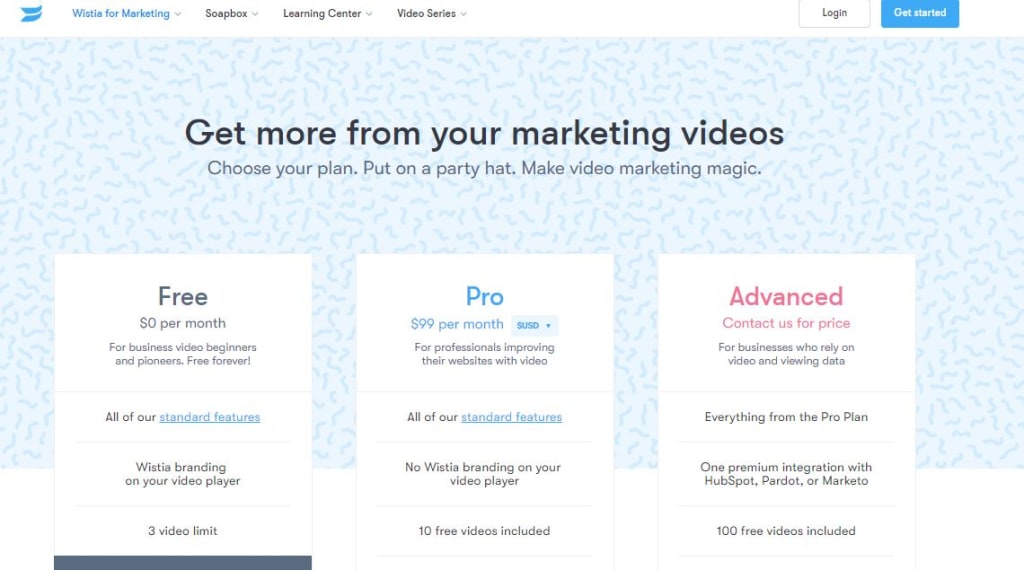
#3 Dropbox is a cloud storage provider and helps store and share your files. Their basic plan provides only 2 GB storage and for more storage, you have to choose one of the three existing plans. Dropbox’s annual revenue for 2018 amounted to $1.392 billion (25%+ more than in 2017).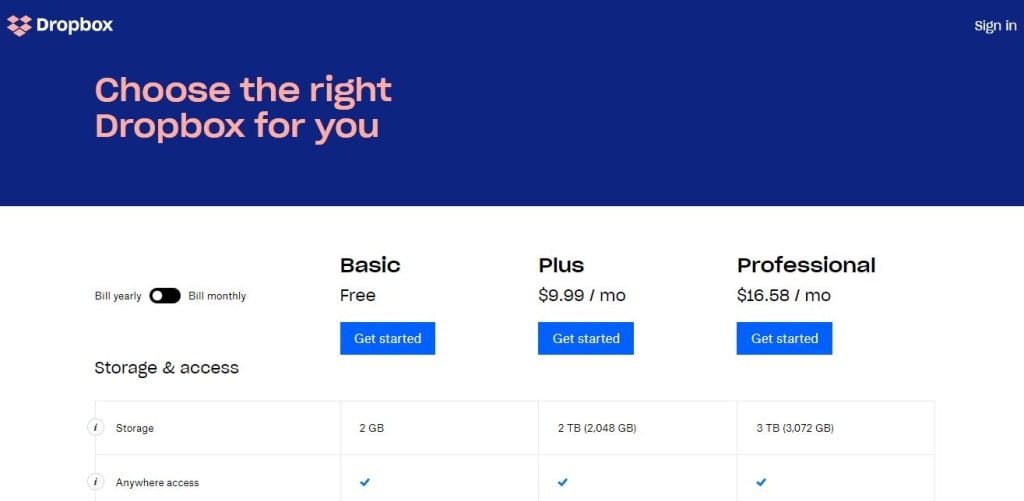
#4 SurveyMonkey is an online tool to create surveys, polls, and quizzes. With their free Basic plan, you can send a maximum of 10-question survey and collect up to 100 responses. But with paid plans, you can use survey logic in your design, export the results, create custom reports and do more. SurveyMonkey’s revenue amounted to $118.8 million in 2023.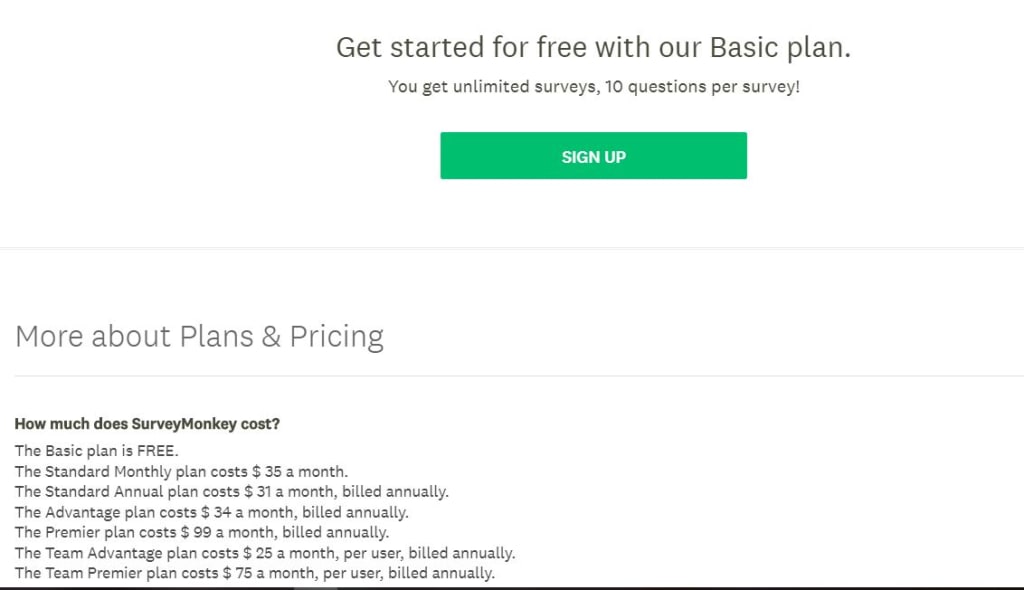
#5 Evernote is an application software for taking notes and creating task lists. In Evernote Basic, you can take notes, record audio notes, attach files but with paid plans, you have access to AI-suggested content, integrations and team collaboration. If you type “app for taking notes” in Google, Evernote is recommended as the top note software.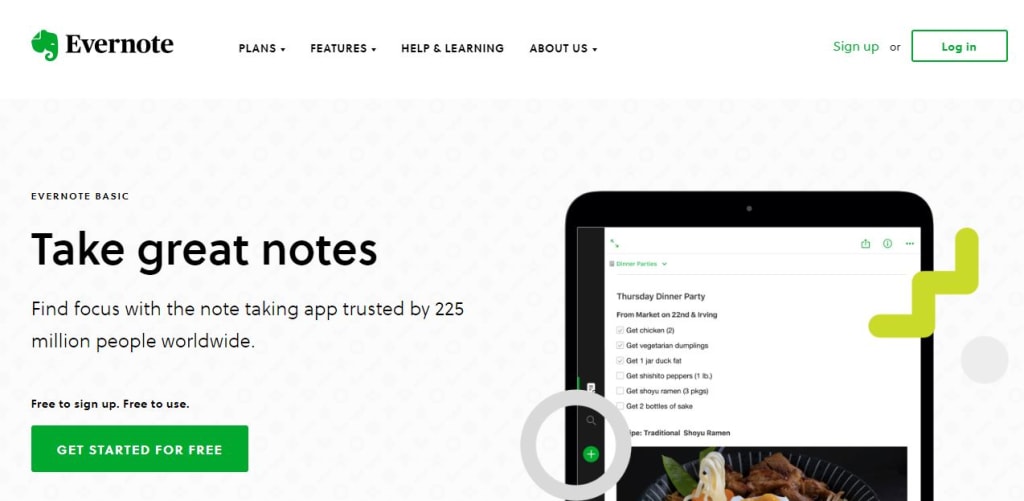
When does SaaS freemium work? When doesn’t it?
This is the final part we had promised to you. Freemium SaaS seems attractive for users and beneficial for SaaS owners. You especially might think it’s worth offering freemium because it takes fewer spendings and brings more leads. But that’s not always the case. Let’s compare “works” with “doesn’t work” here side by side to understand the picture as clearly as possible. So freemium SaaS works:
1. When it is a marketing strategy for you for customer acquisition (doesn’t work when it’s designed solely for revenue generation).
2. When you are ready to manage the expenses connected with providing customer support and maintaining your software (doesn’t work when your users are confused about your features and can’t reach out to you).
3. When your software has the potential to attract millions of users (doesn’t work when it’s designed for a tiny niche as only a small number of freemium users will turn into paying customers).
4. When your software has simple features and is easy to use (doesn’t work when the features are complicated and you don’t provide a positive onboarding experience).
5. When your freemium plan limitation is in the usage (doesn’t work when your users don’t test the real value of your software in your freemium).
6. When you have developed a lead nurturing strategy to convert your freemium users into paying customers (doesn’t work when you don’t keep in touch with them).
7. When your Customer Lifetime Value (CLV) to Customer Acquisition Cost (CAC) ratio (LTV:CAC) is a positive number (doesn’t work when you invest too much in it).
8. When your pricing plans are reasonable and are designed separately for different needs (doesn’t work when you offer the same pricing to individuals, professionals, businesses).
This picture may seem quite complicated but it’s not. Your freemium SaaS will work but only if you consider all the details and make the right offer with the right strategy to the right users.
And what’s your SaaS pricing model? Share your experience with us in the comments section below.
Tags:
SaaS Pricing
October 25, 2020
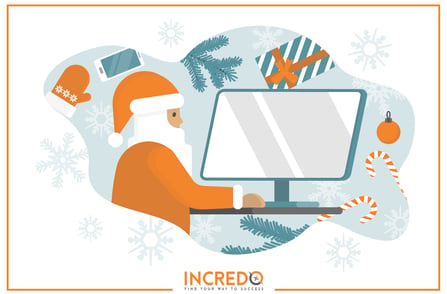

Comments